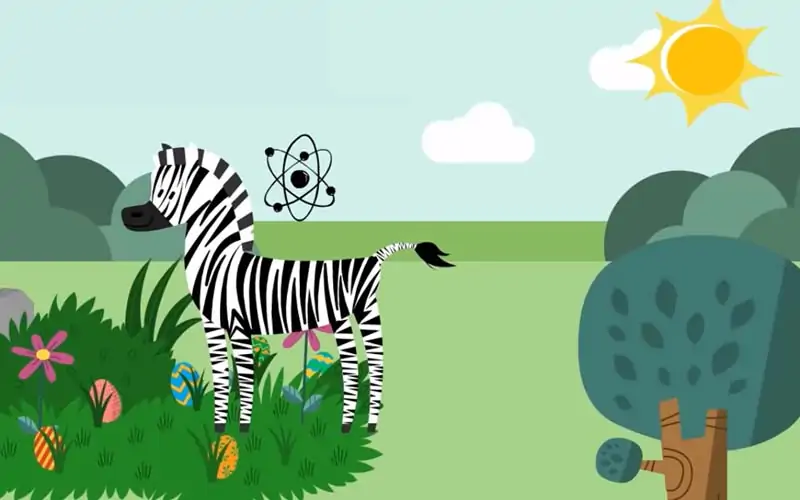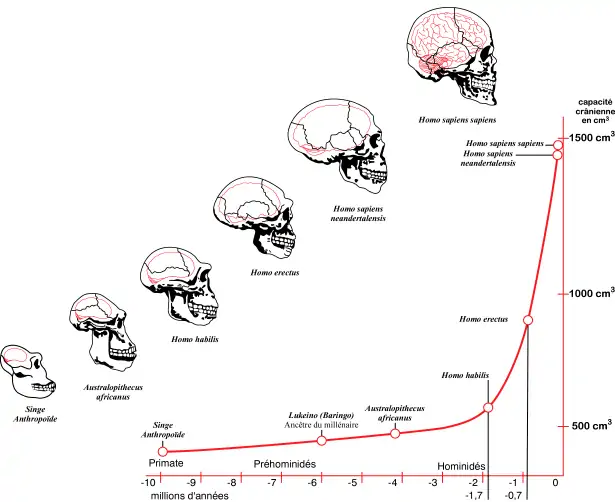Define Wildlife? Discuss the major threats to Wildlife.
Wildlife include living things that are neither human nor domesticated. The peculiar characteristic of the wildlife is that it is well adapted to the soil, light and temperature conditions of an area and not dependent on humans for their existence.
The major threats to wildlife are:
Elimination of Habitat.
The process of removal of living area of any species known as the removal of habitat. In such a case the species forced to either migrate to a new habitat or face the risk of death. In the former case the new area might pose threat of co-existence with other species and competition may eliminate them.
If there is no risk of co-existence the species may still succumb to predation, starvation or disease. The destruction of habitat occurs due to deforestation, drainage of wetlands, overgrazing, urbanization, extensive agriculture, mining, development projects etc. Water and soil pollution also cause severe loss of habitation to the aquatic life and soil microorganisms.
Hunting and Export.
The hunting is mainly of three types, i.e.
- Commercial hunting which is undertaken for profit resulting from sale of the animal fur etc.
- Subsistence hunting which is undertaken for provision of food to humans and
- Sport hunting undertaken for the recreation of humans. However hunting can be of any type, but results in the endangerment to the species being hunted. The peculiar examples are tigers, cheetah, snow leopard, rhinoceros, whales, etc. which are all hunted for commercial purposes.
Selective Destruction.
The process of selective destruction of any species in a region, to achieve a particular goal can also have destructive effects. This is because the nature has its own method of maintaining the natural equilibrium between the flora and fauna of a region. If this is artificially disturbed, it definitely results in environmental degradation.
Domestication.
Man has today domesticated a large percentage of animals, which are in any way useful to him. However this is not a healthy sign as native wildlife of a particular region is capable of better utilization of native plant life of the region, as compared to the domestic cattle. This results in conversion of fertile areas in to deserts, due to improper and imbalanced grazing.
Introduction of New Species.
In the process of expansion of human territories, man has advertently or inadvertently carried with him various species of animals to new geographical areas. This has resulted in their competition for survival with the existing native species. This has in many cases caused population explosion in several areas and has sometimes killed the existing specie in totality.
Pesticides.
As the human population grows uncontrolled the need to produce grains at a faster pace becomes a necessity. The rampant danger to crops appears in the form of pests. Thus scientists have extensively worked to produce pesticides to prevent crop deterioration.
However these have resulted in severe damage to the animal life as well. This is because large variety of pesticides, which do not get dissolved or destroyed rapidly, once sprayed on land, get consumed by the worms and small insects in the soil. These are in turn, eaten by the birds, which then get prone to reproductive failure and egg shell thinning. This endangers their very existence.
Pets, Medical Research and Zoos.
The animals and plants throughout the world are tamed to be confined to zoos and are used at a large scale for research in biology and medicine. The process of taming of the animals and removal of plant species from their natural habitat causes a severe threat to their existence. The animals also get killed in large numbers in laboratories facing human experimentation and many a times become incapable of successful reproduction in captivity. This endangers their survival and causes extinction.





